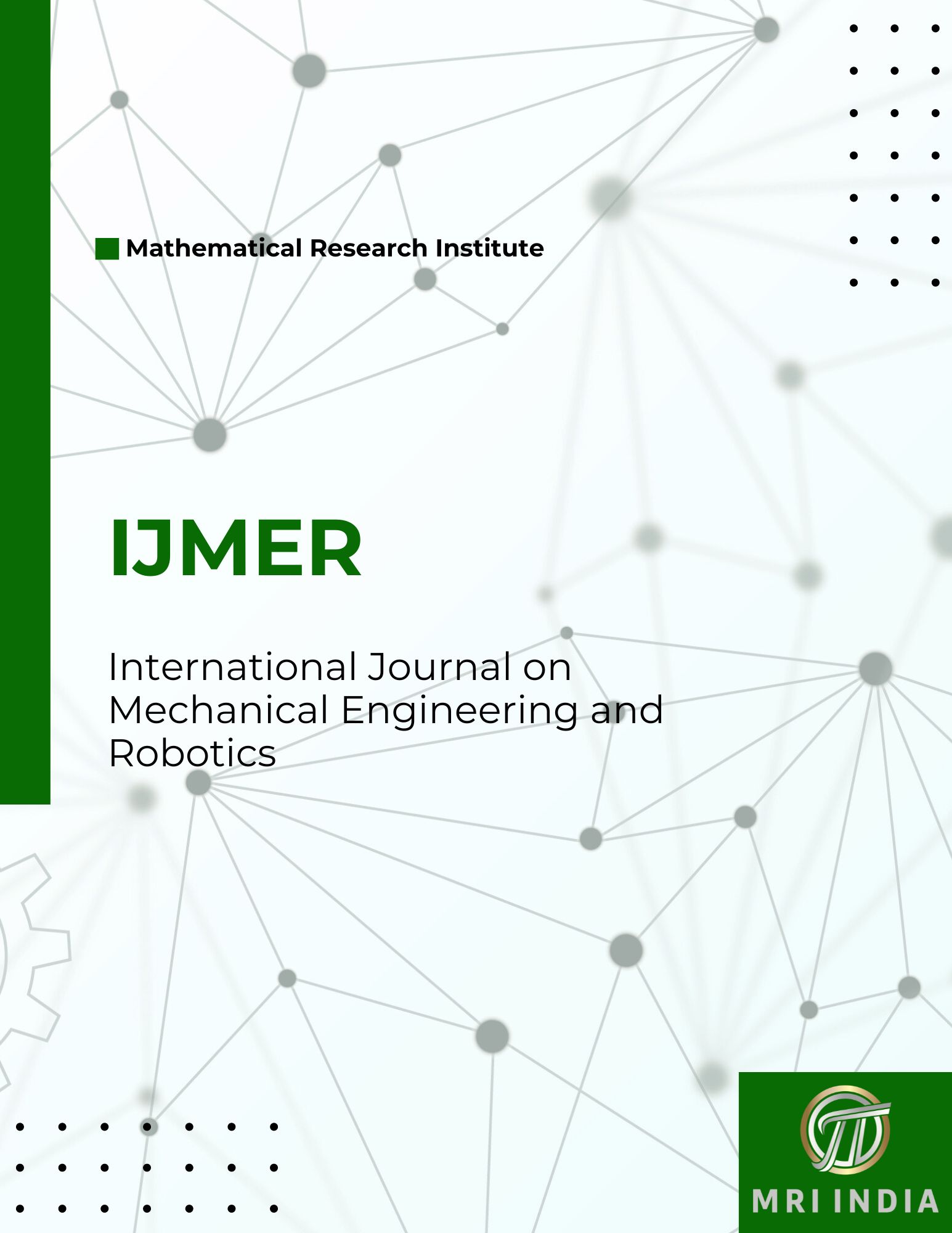Design and Fabrication of Garlic Peeling Machine
Main Article Content
Abstract
This paper provides a review of garlic peeling machines along with relevant research. The study outlines the key factors affecting the garlic peeling process and suggests design alternatives for garlic peeling machines. These recommendations are based on a thorough analysis of the garlic peeling process. Garlic is a highly valuable and economical plant with extensive applications in medicinal, culinary, and Ayurvedic practices. However, the process of garlic peeling is labor-intensive, time-consuming, and often inefficient. Traditional peeling methods, which are still widely used, are not only unhygienic but also result in significant damage to garlic cloves. While mechanical peelers exist, they are often expensive and inaccessible to small-scale industries. This creates a pressing need for the development of an affordable, low-cost mechanical peeler that can alleviate the manual effort and improve efficiency.
In this study, a cost-effective garlic peeler was designed using angular iron and flat iron for the main frame and structural support. A food-grade rubber layer was applied to a mild steel pipe to create a rubber roller, while an iron bar served as the shaft. A wire mesh was incorporated as a screening component. The physical properties of garlic cloves, including moisture content, dimensions, weight, geometric mean diameter, sphericity, equivalent mean diameter, shape factor, terminal velocity, and drag coefficient, were meticulously analyzed. The moisture content of the garlic cloves was measured at 59.36 ± 0.87% (w.b.). At this moisture level, the average length, width, and thickness of the cloves were found to be 25.818 ± 3.743 mm, 10.116 ± 2.209 mm, and 7.34 ± 1.638 mm, respectively. The average weight of a single garlic clove was 1.159 g. Additionally, the geometric mean diameter, sphericity, equivalent mean diameter, and shape factor were calculated to be 12.422 mm, 0.481, 13.03 mm, and 0.218, respectively. The terminal velocity and drag coefficient were determined to be 18.941 m/s and 0.416 at a moisture content of 59.08 ± 0.82% (w.b.).
The estimated cost of the developed peeler was approximately ₹10,000, making it a viable and economical solution for small-scale industries. This innovation aims to reduce the drudgery associated with traditional peeling methods while providing a hygienic and efficient alternative to costly mechanical peelers.
